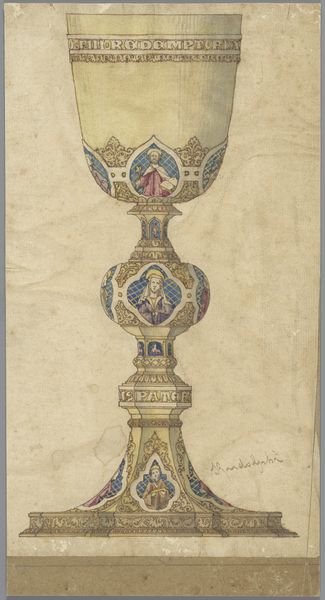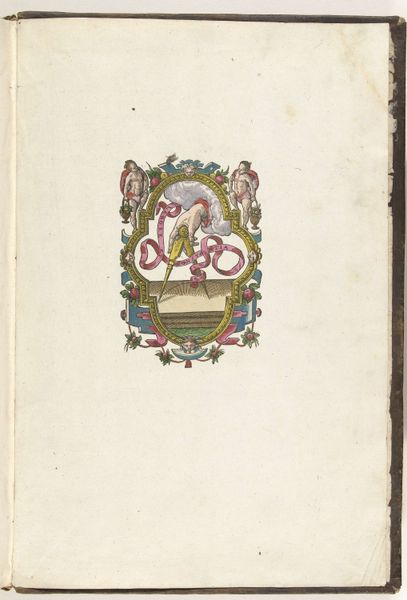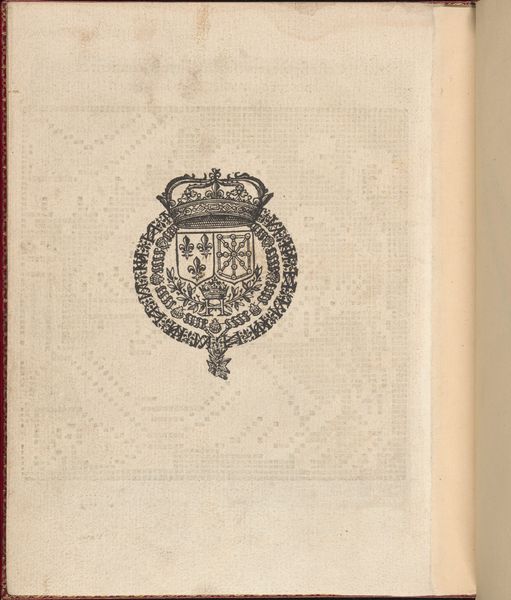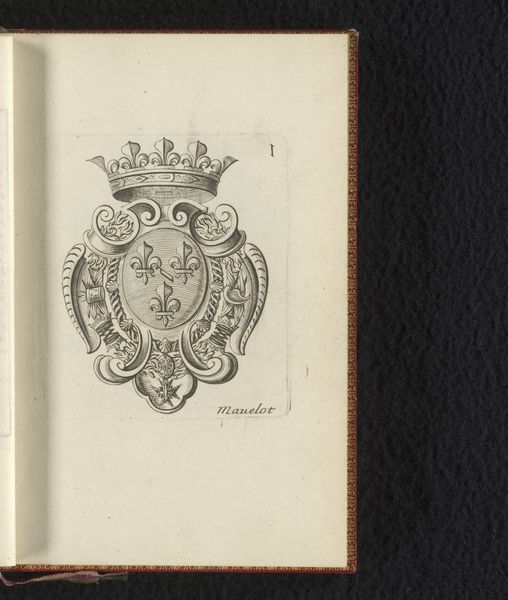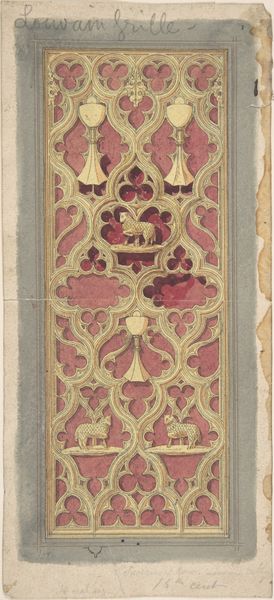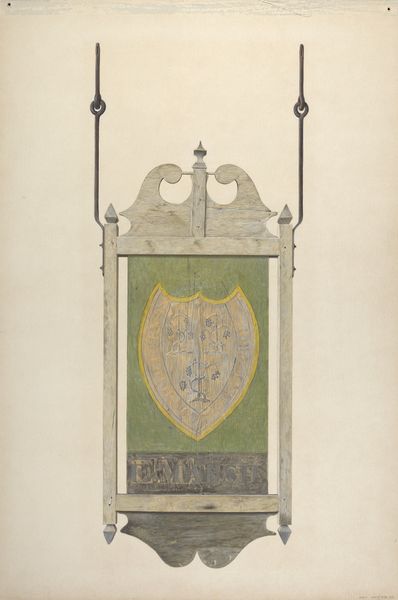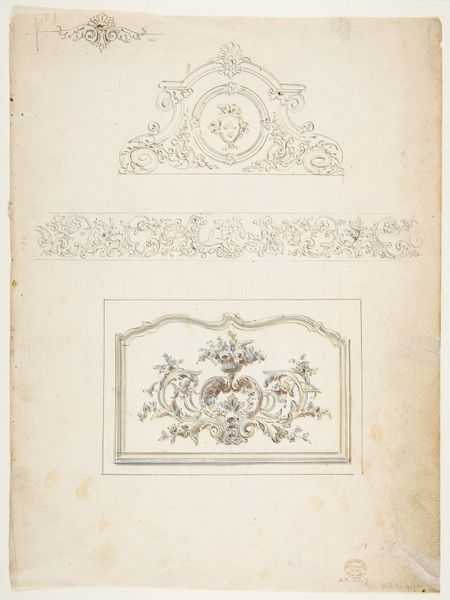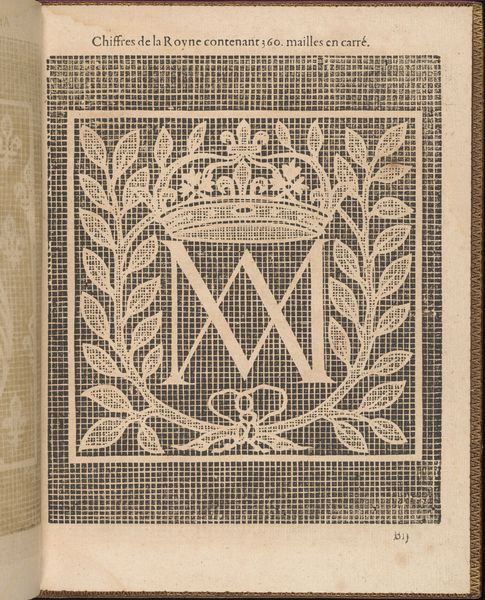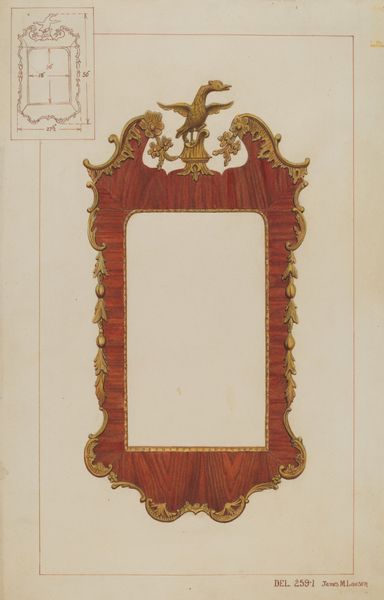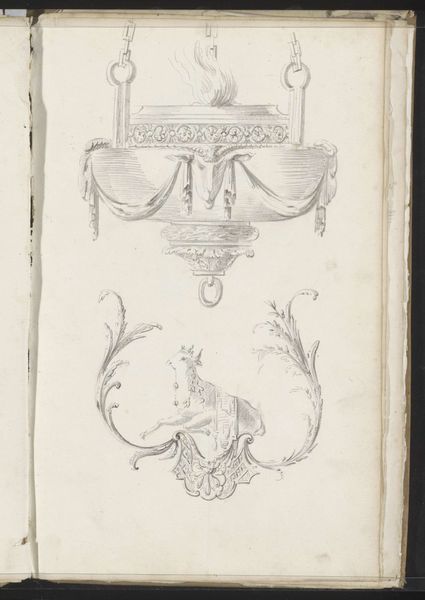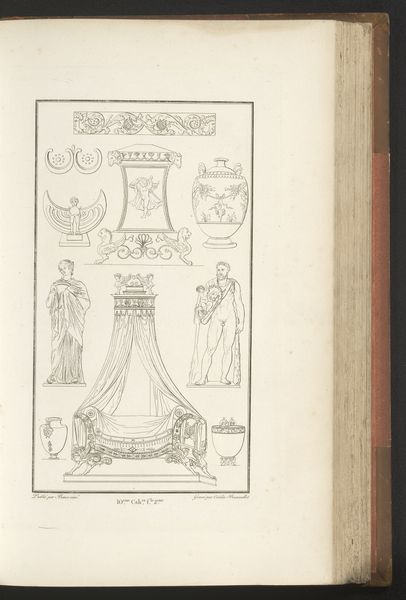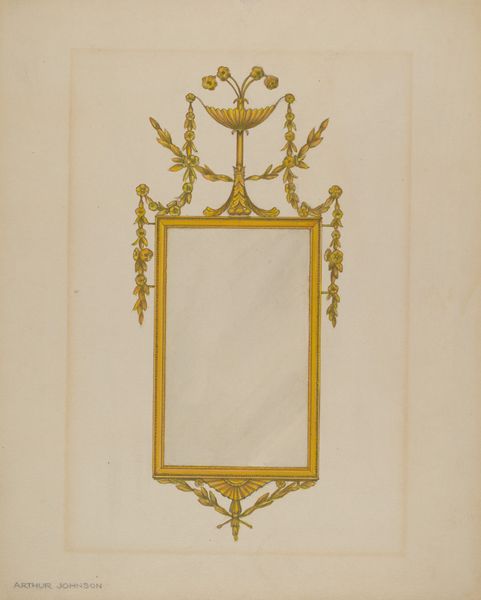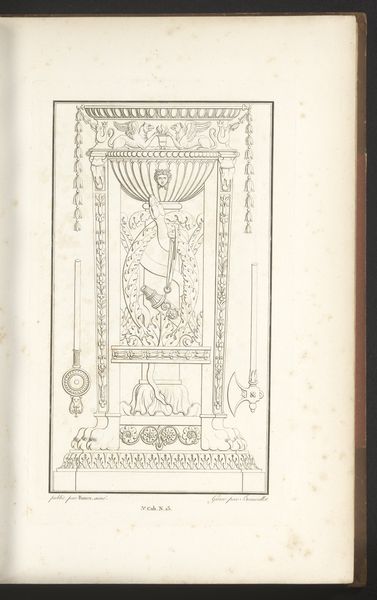
Designs for a Decorated Dish, or Platter, and a Biscuit Barrel 1845 - 1855
0:00
0:00
drawing, coloured-pencil, print
#
drawing
#
coloured-pencil
# print
#
coloured pencil
#
decorative-art
Dimensions: sheet: 16 3/4 x 11 7/16 in. (42.5 x 29 cm)
Copyright: Public Domain
Curator: My initial impression is that this drawing feels almost like a stage set, all crimson and gold. Is this Forrester’s design for theatre? Editor: Not exactly a stage set, but certainly theatrical in its opulence! What we’re looking at is Alfred Henry Forrester’s "Designs for a Decorated Dish, or Platter, and a Biscuit Barrel," likely dating from between 1845 and 1855. It's a drawing rendered with coloured pencil, now residing at the Metropolitan Museum of Art. Curator: A biscuit barrel! I see it now. The red plushness… Is it meant to evoke velvet? A rather aspirational object for its time, wouldn’t you say? All that gilding. Who was consuming these biscuits? Editor: Consumption, both literal and metaphorical, is key here. Mid-19th century Britain saw a surge in industrial production, and a growing middle class eager to display their affluence through such decorative objects. The biscuit barrel itself becomes a symbol of this social mobility, reflecting Victorian values of refinement. Curator: So it's less about utility and more about conveying status through visually elaborate, highly symbolic objects. I’m especially drawn to the dish design above, segmented and adorned with floral motifs and classical scrolls. The semi-circular pattern, for me, recalls the imagery used for haloes, as if even mundane eating vessels sought divine connection. Editor: That’s an intriguing connection. The choice of motifs speaks volumes about the cultural aspirations of the time. The florals, for instance, could allude to cultivated beauty, domestic harmony, and perhaps even specific virtues depending on the flower types chosen. Consider how publications showcasing pattern designs impacted society by influencing domestic ideals and aesthetic tastes. Curator: Do you feel that decorative art of this era generally presents us with objects meant to emulate royalty or religious iconography? It often feels to me as if secular pieces from the period aspire to the kind of veneration formerly reserved for holy relics. Editor: Yes, to a certain extent. As traditional hierarchies shifted, objects like these allowed people to project an image of themselves. A fascinating collision of aesthetic taste, social aspiration, and even the nascent influence of consumer culture. Curator: A window into a world obsessed with projecting an image of itself, wouldn’t you agree? All in colored pencil on paper, but somehow so revealing!
Comments
No comments
Be the first to comment and join the conversation on the ultimate creative platform.
